What Are Rockery Rocks Used For?
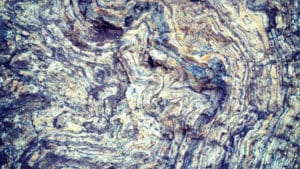
If you have ever been to your local Seattle gravel dealer you have run across rockery rocks and just not realized that was the formal name given to these rocks. They are boulders that range in size from 8 to 12 inches, and that weigh between 10lbs in weight to over 1,000 lbs.
Rockery Rock Design Ideas
Many properties are cleared of all their rockery rocks to make way for structures and utilities. This leaves the property without a lot of natural interest. These boulders are often used to put the interest back in the landscaping.
Here are some ways you can make use of rockery rocks:
- Create a beautiful rock garden by combining large rockery with river rock for landscaping.
- They are great for rustic retention walls.
- Use them to enhance outdoor sculptures and yard art.
- You can use them to create borders around gardens, property lines, and pathways.
You can get creative in your landscaping by using rockery rocks as the anchor in your rock garden. They add a great visual focal point.
Highlight Yard Art and Sculptures
Highlighting yard art and sculptures is easy with these boulders. They can act as a base to display your favorite pieces and give them some height to add to the visual appeal. They can be used as anchors to keep yard art in place.
Retention Walls
Rockery rock is a great option for building retaining walls and keeping erosion at bay. They have the weight to hold back soil and keep it from slipping away. They are also a beautiful addition to your landscaping as rustic border walls that can highlight paths and garden areas.
Put Nature Back Into Your Landscaping
Rockery lets you put the nature back into your landscaping that was lost when your home or business was built. It gives your landscaping that perfect natural touch that really makes it pop, and of course, rockery can be highly functional. It is a win-win situation for your landscaping.

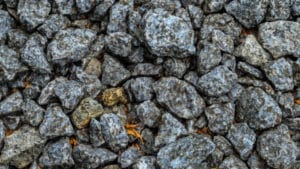 If you are pondering
If you are pondering  “What can I use gravel for?,” you might ask. The answer is: a lot! Gravel can often be found in landscaping projects, on property pathways, and — perhaps most prevalent — in U.S. driveways. As one of the most popular options, gravel for driveways can last anywhere from three to 10 years with regular upkeep and maintenance. But before you can start thinking about proper maintenance, you’ll need to decide what type to use during installation. While the type of gravel for driveways you’ll use might depend on your contractor’s recommendations and your personal preferences, today’s post will highlight some of the most frequently used types for your convenience.
“What can I use gravel for?,” you might ask. The answer is: a lot! Gravel can often be found in landscaping projects, on property pathways, and — perhaps most prevalent — in U.S. driveways. As one of the most popular options, gravel for driveways can last anywhere from three to 10 years with regular upkeep and maintenance. But before you can start thinking about proper maintenance, you’ll need to decide what type to use during installation. While the type of gravel for driveways you’ll use might depend on your contractor’s recommendations and your personal preferences, today’s post will highlight some of the most frequently used types for your convenience. What is topsoil made of
What is topsoil made of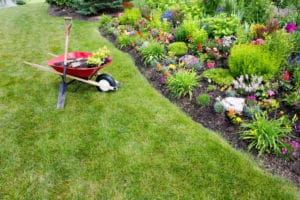
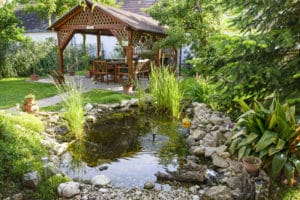 Summer is here, which means that home renovation season is upon us. Not only can weekend warriors looking to add value to their homes have more space for indoor projects, it also means that there’s more time and good weather for landscaping projects as well. If you’re looking for the opportunity to spend time in your yard and add beauty to your landscape, but you’re concerned about the hefty addition to your water bill, consider a rock garden! These eco friendly and striking additions can provide stability and majesty to any landscaping project. Today, we’ll be discussing rockery rocks, the larger end of the spectrum of offerings your gravel dealer can provide. We’ll not only talk about what they are and what advantages they can offer your landscape design project, but we’ll also tackle the question everyone’s asking: “
Summer is here, which means that home renovation season is upon us. Not only can weekend warriors looking to add value to their homes have more space for indoor projects, it also means that there’s more time and good weather for landscaping projects as well. If you’re looking for the opportunity to spend time in your yard and add beauty to your landscape, but you’re concerned about the hefty addition to your water bill, consider a rock garden! These eco friendly and striking additions can provide stability and majesty to any landscaping project. Today, we’ll be discussing rockery rocks, the larger end of the spectrum of offerings your gravel dealer can provide. We’ll not only talk about what they are and what advantages they can offer your landscape design project, but we’ll also tackle the question everyone’s asking: “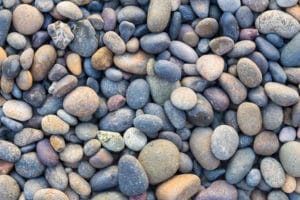 Everyone loves a good garden. You can use different types of topsoil, a variety of flowers, and maybe even a few vegetables in the mix.
Everyone loves a good garden. You can use different types of topsoil, a variety of flowers, and maybe even a few vegetables in the mix.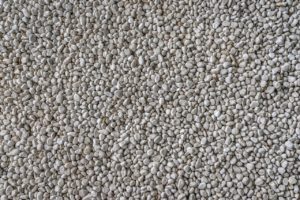 Adding a gravel driveway at your home or place of business can be an inexpensive way to create your own place to safely park and navigate vehicles. But while a properly installed gravel driveway can last anywhere from three to 10 years with regular upkeep, it can quickly fall into disrepair if you aren’t diligent. To ensure your driveway lasts as long as possible, you’ll want to stay up-to-date with your maintenance. Here are a few important tips you’ll want to follow.
Adding a gravel driveway at your home or place of business can be an inexpensive way to create your own place to safely park and navigate vehicles. But while a properly installed gravel driveway can last anywhere from three to 10 years with regular upkeep, it can quickly fall into disrepair if you aren’t diligent. To ensure your driveway lasts as long as possible, you’ll want to stay up-to-date with your maintenance. Here are a few important tips you’ll want to follow.
 Sand is one of many types of topsoil; understand landscaping sand types will help your project material selection. What’s more, commercial sand can be used for countless purposes. Here, we’ll take a look at some of the different types of construction sand. These may be used in landscaping projects. This post should give you a better idea of what materials a sand supplier, like
Sand is one of many types of topsoil; understand landscaping sand types will help your project material selection. What’s more, commercial sand can be used for countless purposes. Here, we’ll take a look at some of the different types of construction sand. These may be used in landscaping projects. This post should give you a better idea of what materials a sand supplier, like